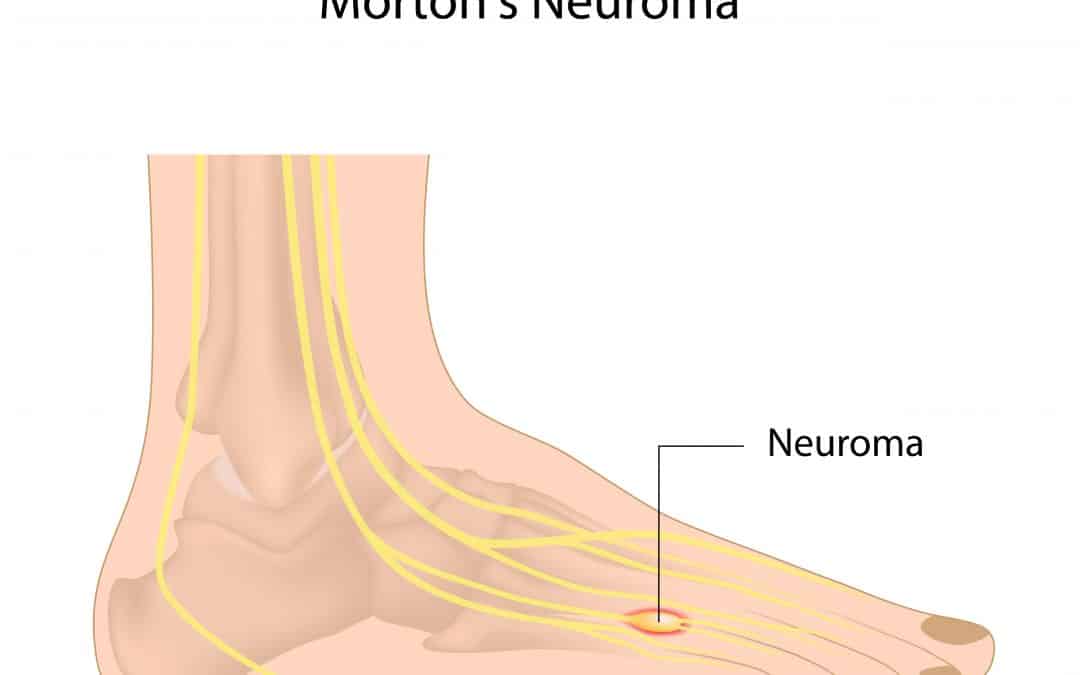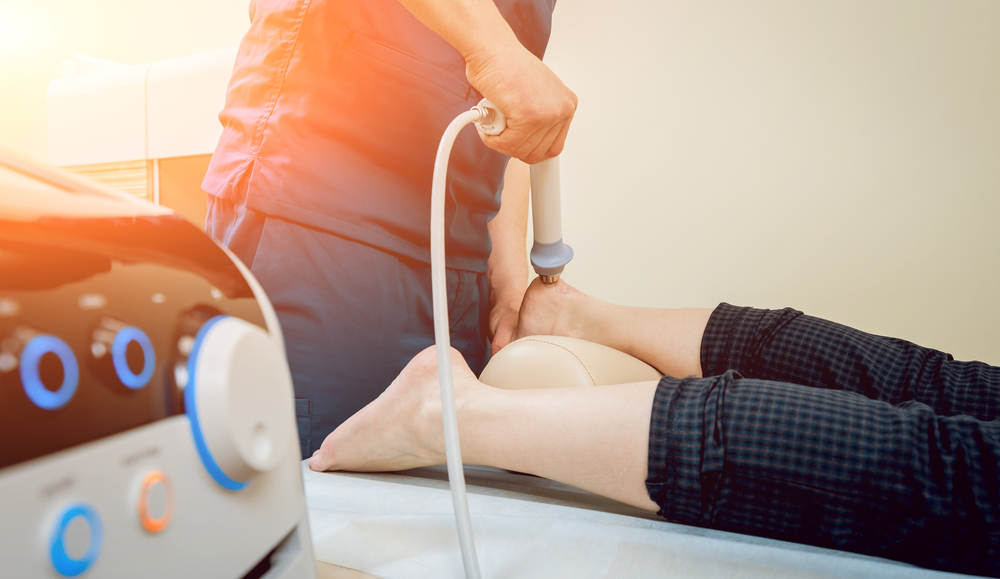
What is Morton’s Neuroma Causes, Symptoms, and Treatment
Have you experienced stepping on a marble? Painful, isn’t it? There is a condition of the feet called Morton’s Neuroma, which feels almost the same.
Read on to learn more about it.
What is Morton’s Neuroma?
Morton’s Neuroma is a painful health condition affecting the ball of your foot, commonly around the area between the third and fourth toes. This condition happens when the tissue surrounding the nerves that leads to the toes begin to thicken, causing a sharp and burning pain in the area.
What Causes Morton’s Neuroma?
Anything that compresses or irritates this nerve on the foot can develop into Morton’s Neuroma. One of the most common causes for it is when a person constantly wears shoes that have a tapered toe box. Wearing high-heeled shoes can also result in this condition.
Meanwhile, people with foot deformities, like flat feet, hammertoes, and bunions, also have a higher risk of developing Morton’s Neuroma.
What Are the Symptoms of Morton’s Neuroma?
People that have Morton’s Neuroma may have the following symptoms:
- Pain in the ball of the foot
- Numbing, tingling, or burning sensation
- The feeling that there is something in the ball of the foot
- That feeling where something in one’s sock or shoe is bunched together
How Can Morton’s Neuroma Be Treated?
The initial therapies to relieve a person of this condition often begins with relatively simple steps.
Non-Surgical Treatment Options
Changing one’s footwear by avoiding tight shoes or stop wearing high heels can result in a more comfortable feeling. The reason for this is because the foot bones can be more spread out, reducing the pressure on the nerves present there.
Putting an icepack on the affected area may also help reduce pain and swelling while using custom orthotic devices may also provide the support needed to minimize pressure.
Using oral non-steroidal anti-inflammatory drugs, like ibuprofen, is often recommended to reduce the pain and inflammation in the foot for Morton’s Neuroma. Injecting cortisone or local anesthetics are also two possible options for patients here.
Surgical Treatment
Doctors may choose to recommend surgery to patients that have not responded well to the non-surgical treatments. The foot and ankle surgeon will be the one who determines the best approach for your condition.
The length of recovery is going to depend on the type of procedure that is performed. Seek advice from a medical expert now to find out the right approach for your condition.
Why Trust The Foot Pod?
If you are experiencing the symptoms of Morton’s Neuroma, don’t wait for your situation to get worse. We at The Foot Pod can help provide you with the appropriate treatment solution for your needs.
Our expert, Dr. Rachel Timmins, has an experienced team of practitioners that can provide relief for your foot pain. The Foot Pod clinic has been in operation since 2008 and has been serving satisfied clients throughout the years.
For more information or if you are looking to book an appointment, contact us at (08) 9246 7292 or send Dr. Rachel an email at drtimmins@thefootpod.com.au. See you soon!


